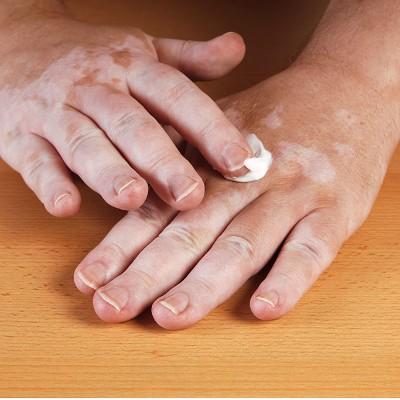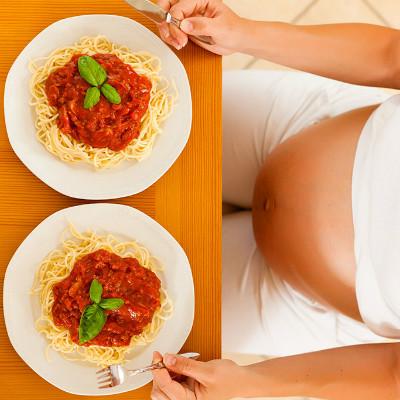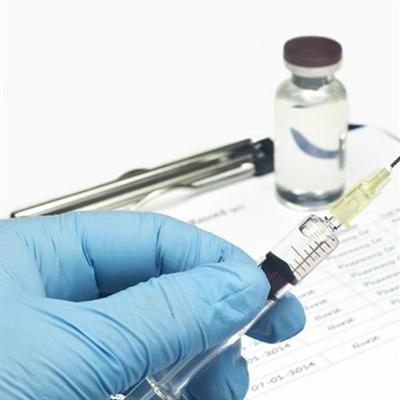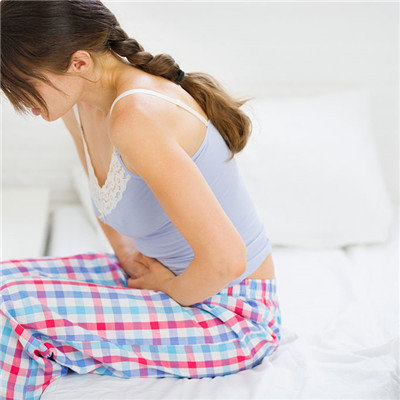Symptoms and treatment of pelvic inflammatory disease
summary
Direct spread of inflammation in adjacent organs: the most common are appendicitis and peritonitis. Because they are adjacent to female internal reproductive organs, inflammation can spread directly and cause pelvic inflammation; when suffering from chronic cervicitis, inflammation can also cause pelvic connective tissue inflammation through lymphatic circulation. Today let me talk about the symptoms and treatment of pelvic inflammatory disease.
Symptoms and treatment of pelvic inflammatory disease
Symptom 1: due to chronic inflammation, pelvic congestion, menorrhagia, ovarian dysfunction will appear menstrual disorders, tubal adhesion obstruction will lead to infertility. Acute inflammation may cause severe consequences such as diffuse peritonitis, sepsis and septic shock; chronic inflammation, due to long-term treatment and repeated attacks, affects women's normal work and life as well as their physical and mental health.
Symptom 2: the uterus is often in posterior position, with limited activity or fixed adhesion. If it is salpingitis, one or both sides of the uterus will touch the thickened fallopian tube, which is like a cord, with mild tenderness.
Symptom 3: if it is hydrosalpinx or ovarian cyst of fallopian tube, cystic tumor can be found on one or both sides of pelvic cavity, and the activity is limited. If it is pelvic connective tissue inflammation, one or both sides of the uterus have flaky thickening, tenderness, uterosacral ligament thickening, hardening, tenderness.
matters needing attention
Patients diagnosed with acute or subacute pelvic inflammatory disease must actively cooperate with the treatment according to the doctor's advice. Patients must rest in bed or take a semi reclining position to facilitate the localization of inflammation and discharge of secretions.












